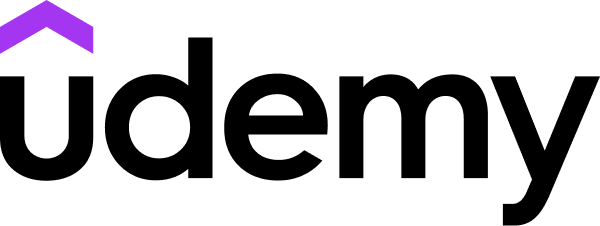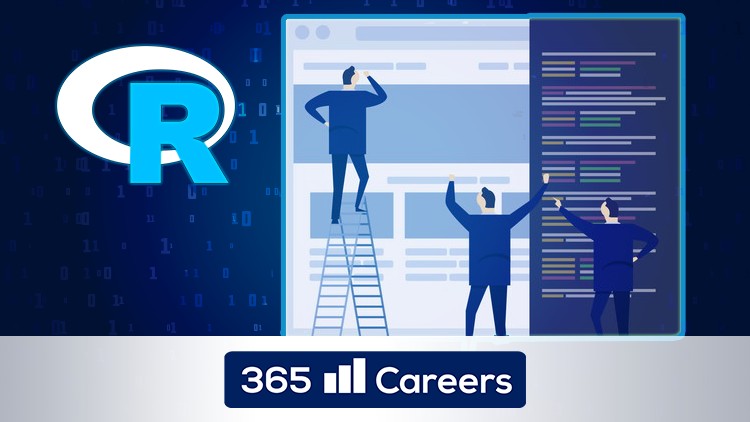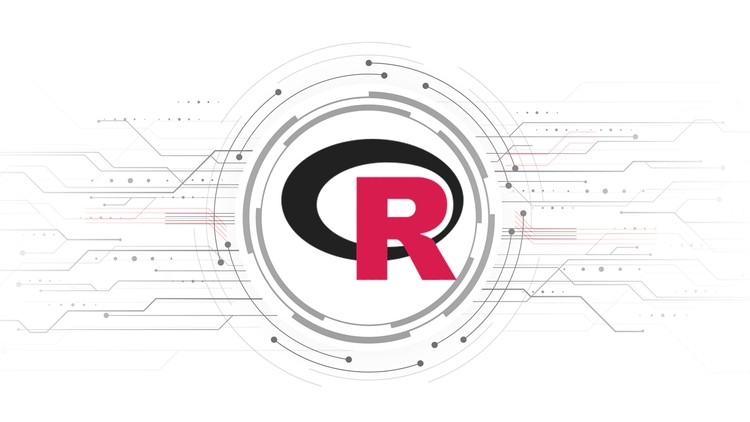Course overview
- Provider
- Udemy
- Course type
- Paid course
- Level
- Beginner
- Duration
- 9 hours
- Lessons
- 42 lessons
- Certificate
- Available on completion
- Course author
- Robert Jeutong
-
- Basics of R programming
- Data wrangling manipulations
- Make use of the tidyverse packages which includes but not limited to purrr, dplyr, ggplot2, etc..
- Create pipelines using the pipe operator to chain instruction and transform a data frame to another
- Transform data frames then pipe them to ggplot for EDA or professional looking graphs
- Showcase the importance of a working directory
- Teach the fundamentals of R - useful beyond this course
- Understanding functions and how to use existing ones or how to create your own
- Modern techniques used in R programming by data scientists
- Install and load packages such as lubridate, readxl, esquisse, etc...
- Read and write different types of data
- Group and summarize data using the dplyr verbs
- Transpose data with dplyr pivoting functions or using the soon to be deprecated gather and spread functions
Description
Are you nervous or excited about learning how to code? Are you a beginner who wants to get better at learning R the right way? Would you like to learn how to make cool looking and insightful charts? If so, you are in the right place.
Learning how to code in R is an excellent way to start. R is one of the top languages used by data scientists, data analysts, statisticians, etc. The best thing about it is its simplicity.
R was introduced to me in the summer of 2008 as an intern at a marketing firm; since then, I have been a loyal user. Along with SAS, I use it daily to conduct data analysis and reporting. R is one of my top go-to tools. I start with the basics showing you how I learned it, and then I teach it at a pace comfortable for a beginner.
We are living in exciting times, and the future looks bright for those skilled in programming. Industries are using data more and more to make crucial decisions. They need experienced analysts to help design data collection processes and to analyze it. Where do you fit in this picture now and tomorrow? Learning R sets you now and will sustain you for the future.
R was designed mainly for statisticians or those who did not have a computer science background, hence its intuitiveness. R is a free and open-source programming language. It will not cost you anything to have R installed and running on your computer. R is open-source, meaning that contributors can improve its usability by creating packages. Packages contain functions to help users solve specific problems that R’s founders did not think of. It would be a pleasure to see you grow to become a contributor to R someday.
Although R itself is mighty, it is not the best place to write R codes. We will write R codes (or scripts) in R studio. R studio is a powerful editor for R. You will learn all about it in this course.
Here are some of the things you will learn in this course:
1. Download and install R and R studio
2. The different data structures, such as atomic vectors, lists, data frames, and tibbles. How to create and use them
3. How to import an excel or a CSV file into R
4. Create functions
5. How to execute chunks of code following an if-else logic
6. Lean R studio short cut keys to increase your efficiency and productivity
7. How to summarize data
8. How to transpose data from long format to wide format and backward
9. How to create powerful easy to read pipelines using purrr and dplyr packages
10. Introduction to base R plots
11. Ggplots
12. And more
Thanks for taking the time to check out my course. I cannot wait to help you get started with R and R studio. If you have any questions, please message me or check out the free preview lecture to learn more.
Similar courses

-
6 hours
-
53 lessonsCertificate

-
11 hours
-
82 lessonsCertificate


